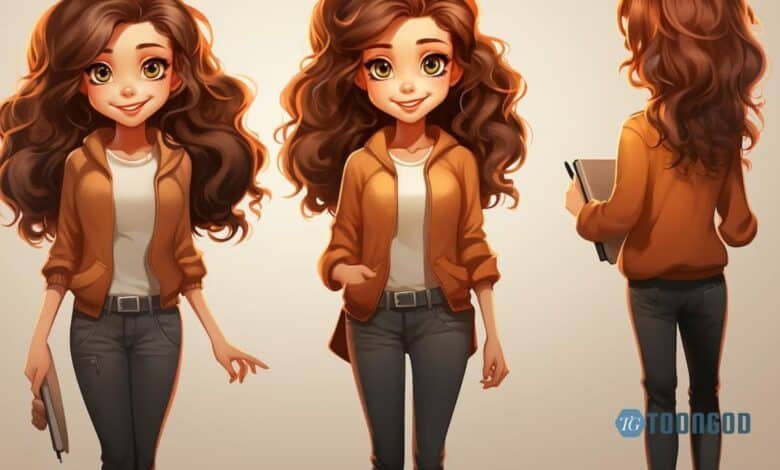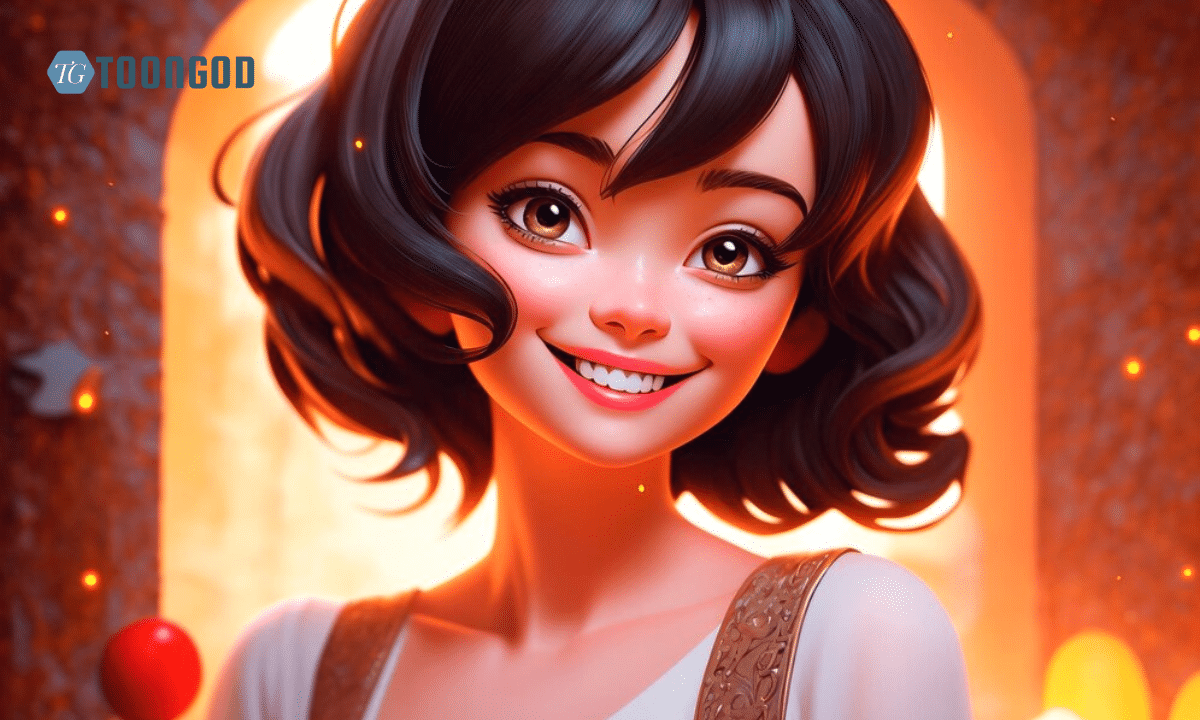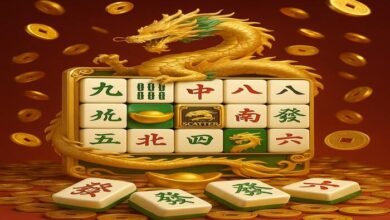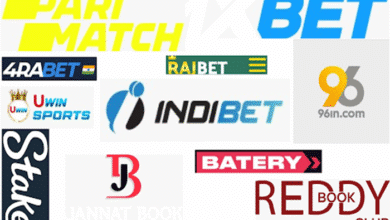The Art of Animation Character Design: Bringing Your Imagination to Life 2024

In today’s fast-paced digital world, animation character design has become an essential component of storytelling in various media, including films, television, and video games. At Toongod, we understand the significance of creating captivating characters that resonate with audiences and elevate narratives. In this article, we will explore the nuances of animation character design, its importance, and how Toongod can help you bring your animated characters to life.
What is an Animation Character?
An animation character is a figure created through various artistic methods to represent a story or convey specific emotions and actions. These characters can range from realistic portrayals of humans and animals to fantastical beings and whimsical creatures. The design of an animation character is crucial, as it sets the tone for the story and engages the audience.
The Importance of Animation Characters
- Engagement: Well-designed animation characters grab the audience’s attention, fostering a connection with the viewers. Whether it’s a heroic protagonist or a quirky sidekick, characters must be relatable and engaging.
- Storytelling: Characters are the vessels through which stories are told. An animation character must embody the story’s essence, driving the plot forward and enhancing the narrative’s emotional depth.
- Brand Recognition: In the world of marketing, unique animation characters can become symbols of a brand. Think of the iconic characters used by companies to represent their values and engage customers.
- Cultural Impact: Animation characters often transcend their original context, influencing popular culture and becoming part of the collective consciousness. They can embody societal values and issues, making them relevant across generations.
- Merchandising Opportunities: Iconic animation characters open avenues for merchandising, allowing creators and companies to expand their reach and generate additional revenue through toys, apparel, and other products.
Elements of Animation Character Design
Creating a memorable animation character involves several key elements:
1. Silhouette
The silhouette of an animation character is the first impression viewers will have. A strong silhouette ensures that the character is easily recognizable and distinct from others. Designers often experiment with various shapes and sizes to create a compelling outline that reflects the character’s personality. For instance, a tall, slender silhouette may suggest elegance, while a round, robust figure may convey a sense of friendliness and approachability.
2. Color Palette
Colors evoke emotions and can significantly impact how an audience perceives a character. For instance, warm colors like red and orange can convey energy and excitement, while cooler colors like blue and green may evoke calmness and serenity. Choosing the right color palette is essential in defining an animation character’s identity. Moreover, color combinations can also symbolize certain traits—green for nature, yellow for joy, and black for mystery.
3. Facial Features
Facial expressions play a pivotal role in conveying emotions. The eyes, mouth, and overall facial structure should reflect the character’s personality and emotional state. Designers often use exaggerated features to enhance expressiveness, making the characters more relatable. For example, large, expressive eyes can convey innocence, while a sharp jawline might suggest cunning or determination.
4. Costumes and Accessories
The clothing and accessories of an animation character help define their personality and role in the story. A character’s outfit can indicate their social status, profession, or even their journey throughout the narrative. Thoughtful costume design is crucial for character development. Accessories, such as hats, glasses, or weapons, can also provide additional layers of personality and backstory.
5. Movement and Body Language
Animation is not just about how characters look; it’s also about how they move. The way an animation character carries themselves—whether they are stiff and serious or loose and carefree—can communicate a lot about their personality. Body language, combined with facial expressions, can create a more dynamic and engaging character.
The Process of Animation Character Design
Creating an effective animation character is not a one-step process; it involves multiple stages that require creativity and collaboration. Here are the key steps in the character design process:
1. Concept Development
This initial phase involves brainstorming and sketching ideas based on the character’s role in the story. Collaborating with writers and directors can help clarify the character’s personality, background, and motivations.
2. Research and Inspiration
Before jumping into design, it’s crucial to conduct research. Look at various character designs, study existing characters that resonate with your target audience, and analyze what makes them compelling and relatable. Inspiration can come from a variety of sources, including art, literature, nature, and culture.
3. Sketching and Prototyping
Start with rough sketches and iterate on designs. This phase allows artists to explore different styles, shapes, and proportions. Creating several prototypes can help visualize how different designs convey various emotions and traits.
4. Refinement
Once a few strong designs are established, it’s time to refine them. This involves fine-tuning details like color palettes, facial features, and clothing. Feedback from other artists or stakeholders is invaluable during this stage to ensure the character resonates with the intended audience.
5. Final Design and Turnarounds
The final design should include detailed turnarounds, showcasing the character from multiple angles. This documentation is essential for animators, as it provides a reference for how the character should look in different scenes and poses.
6. Testing and Iteration
Before finalizing the character, it’s beneficial to test the design in animated sequences. This helps identify any issues with movement or expression that might arise during animation. Iteration is a key part of the process, allowing for adjustments based on how the character feels in motion.
Character Archetypes in Animation
Animation characters often fall into specific archetypes that resonate with audiences. Understanding these archetypes can help designers create dynamic animation characters that contribute meaningfully to the story. Here are some common archetypes:

1. The Hero
The protagonist embarks on a journey, facing challenges and evolving through the story. They often possess qualities like bravery, determination, and resilience. Heroes are usually relatable figures that audiences root for throughout their journey.
2. The Mentor
A wise figure who guides the hero, providing wisdom and support. Mentors often serve as a source of knowledge and encouragement, helping the hero navigate obstacles. They can embody characteristics like patience, intelligence, and experience.
3. The Villain
The antagonist poses obstacles to the hero, often embodying conflict and tension in the narrative. Villains can be complex characters with their own motivations, making them more relatable and engaging. Their designs often reflect their malicious nature, using darker color palettes or exaggerated features.
4. The Sidekick
A loyal companion to the hero, providing comic relief and support. Sidekicks often have contrasting personalities, enhancing the hero’s qualities while adding humor to the story. Their designs can be quirky and fun, emphasizing their role as a foil to the main character.
5. The Love Interest
This character serves as a romantic counterpart to the hero, often providing emotional depth and motivation. The love interest can be a strong character in their own right, influencing the hero’s journey and choices.
Animation Characters in Popular Culture
Animation characters have significantly influenced popular culture, becoming icons in their own right. Characters like Mickey Mouse, Bugs Bunny, and SpongeBob SquarePants are recognized globally and have become synonymous with their respective brands. These characters showcase the power of effective animation character design and its impact on audiences.
1. Mickey Mouse
As the face of Disney, Mickey Mouse is an iconic animation character that has transcended generations. His design is simple yet distinctive, characterized by large circular ears and a friendly smile. Mickey’s character embodies optimism and joy, making him a beloved figure in popular culture.
2. Bugs Bunny
Bugs Bunny is known for his quick wit and clever antics. His design, featuring exaggerated facial features and a playful demeanor, makes him instantly recognizable. Bugs’ character often breaks the fourth wall, engaging directly with the audience, which adds to his charm.
3. SpongeBob SquarePants
SpongeBob SquarePants represents the whimsical and playful nature of animation. His bright yellow color, square shape, and infectious enthusiasm make him a character that appeals to children and adults alike. SpongeBob’s adventures often carry underlying themes of friendship and perseverance.
How Toongod Can Help You Create Stunning Animation Characters
At Toongod, we specialize in crafting unique animation characters tailored to your specific needs. Our team of experienced artists and animators works closely with clients to understand their vision and bring their characters to life. Here’s how we can assist you:
1. Custom Character Design
We offer bespoke character design services that consider your brand’s identity, target audience, and the narrative you want to convey. Our artists create original animation characters that align with your goals, ensuring a memorable visual experience. Whether you’re looking for a playful mascot or a serious protagonist, we can design characters that embody your vision.
2. 2D and 3D Animation
Whether you need 2D animation characters for a cartoon series or 3D models for a video game, Toongod has the expertise to deliver high-quality animations. Our state-of-the-art technology and creative techniques allow us to produce stunning visuals that captivate audiences. We tailor our animation style to suit the project, whether it’s traditional hand-drawn animation or cutting-edge CGI.
3. Storyboarding and Concept Development
Before diving into animation, we help clients develop a solid storyline and character concepts. Our storyboard services visualize the flow of the narrative, ensuring that the characters are effectively integrated into the story. A well-structured storyboard can help identify potential issues and ensure a smooth production process.
4. Brand Integration
For businesses looking to leverage animation characters in their marketing campaigns, Toongod provides strategic branding solutions. We create characters that align with your brand’s values and messaging, enhancing brand recognition and engagement. A well-designed character can act as a spokesperson for your brand, making your marketing efforts more relatable and effective.
5. Voice Acting and Sound Design
The voice and sound associated with an animation character play a crucial role in bringing them to life. We collaborate with talented voice actors and sound designers to ensure that your characters resonate with the audience. The right voice can add depth and personality, making your character even more memorable.
Tips for Designing Effective Animation Characters
Creating an effective animation character requires careful thought and consideration. Here are some tips to guide you through the design process:
- Research and Inspiration: Study existing characters that resonate with your target audience. Analyze what makes them compelling and relatable. This research can inform your design choices and help you create unique characters.
- Sketch and Iterate: Start with rough sketches and iterate on designs. Don’t hesitate to experiment with different styles and features. Creating multiple iterations can help refine your ideas and lead to a stronger final design.
- Focus on Personality: Think about your character’s backstory, motivations, and personality traits. These elements should influence their visual design. A character’s personality should be evident in their appearance, gestures, and expressions.
- Seek Feedback: Share your character designs with others to gain insights. Constructive feedback can lead to valuable improvements. Engaging with peers or potential audiences can provide different perspectives on your design choices.
- Stay Consistent: Ensure that your character maintains consistency in design, especially when appearing in different poses or situations. Establishing design guidelines can help maintain this consistency throughout the animation process.
- Emphasize Relatability: Characters that reflect human experiences and emotions are often more engaging. Strive to create characters with relatable traits that audiences can connect with on a personal level.
- Think About Movement: Consider how your character will move and interact with their environment. Designing with movement in mind can lead to more dynamic and engaging animations. Experiment with different poses to find the most expressive options.
Animation Characters in Different Cultures
Animation characters are not confined to a single culture; they vary widely across different regions, reflecting cultural values, beliefs, and aesthetics. For instance:
1. Japanese Anime Characters
Japanese anime features characters with distinct styles, often characterized by exaggerated features and unique color palettes. Characters like Sailor Moon and Goku have become cultural icons, embodying themes of friendship, bravery, and adventure. The design of these characters often emphasizes emotions and dramatic storytelling.
2. Western Animation Characters
Western animation, such as Disney and Warner Bros., often focuses on characters that embody classic archetypes and moral lessons. Characters like Shrek and Elsa reflect complex personalities and social themes, appealing to a broad audience. The designs are often colorful and accessible, targeting families and children.
3. Indian Animation Characters
In India, animation characters are increasingly drawing on cultural heritage, folklore, and mythology. Characters like Chhota Bheem and Motu Patlu resonate with local audiences by incorporating traditional stories and values. The design of Indian animation characters often includes vibrant colors and cultural attire, reflecting the rich tapestry of Indian culture.
Future Trends in Animation Character Design
The landscape of animation character design is continuously evolving. Here are some trends shaping the future of character design:
1. Diversity and Inclusion
As audiences become more global, there is an increasing demand for diverse representation in animation. Future character designs are likely to embrace various ethnicities, cultures, and backgrounds, creating a more inclusive narrative landscape. This shift not only resonates with broader audiences but also enriches storytelling.
2. Interactive Characters
With advancements in technology, characters are becoming more interactive. Virtual reality (VR) and augmented reality (AR) enable audiences to engage with characters in real time, creating immersive experiences. Designers will need to consider how characters can adapt to user interactions, enhancing engagement.
3. Sustainable Animation
As environmental awareness grows, the animation industry is moving towards sustainable practices. Future character designs may incorporate eco-friendly materials and methods, resonating with audiences who value sustainability. This trend could influence the aesthetic choices of characters, promoting themes of environmental consciousness.
4. Artificial Intelligence in Design
Artificial intelligence is playing a growing role in character design and animation. AI can assist designers in generating concepts, streamlining the animation process, and enhancing visual effects. While it may not replace human creativity, AI can complement the design process, offering new tools and possibilities.
Conclusion
Animation character design is a vital aspect of storytelling that can transform a narrative and engage audiences. At Toongod, we are dedicated to helping you create unique and captivating animation characters that resonate with your vision. Whether you’re a filmmaker, game developer, or a business looking to enhance your brand, our team is here to support you every step of the way.
For those interested in the intersection of technology and animation, be sure to check out our post on Charging Animation: The Modern Technology 2024. It explores how advancements in technology are shaping the future of animation.
If you want to learn more about our services or discuss your project, feel free to visit our About Us page or reach out through our Contact Us page. Let’s collaborate to bring your animation characters to life!





